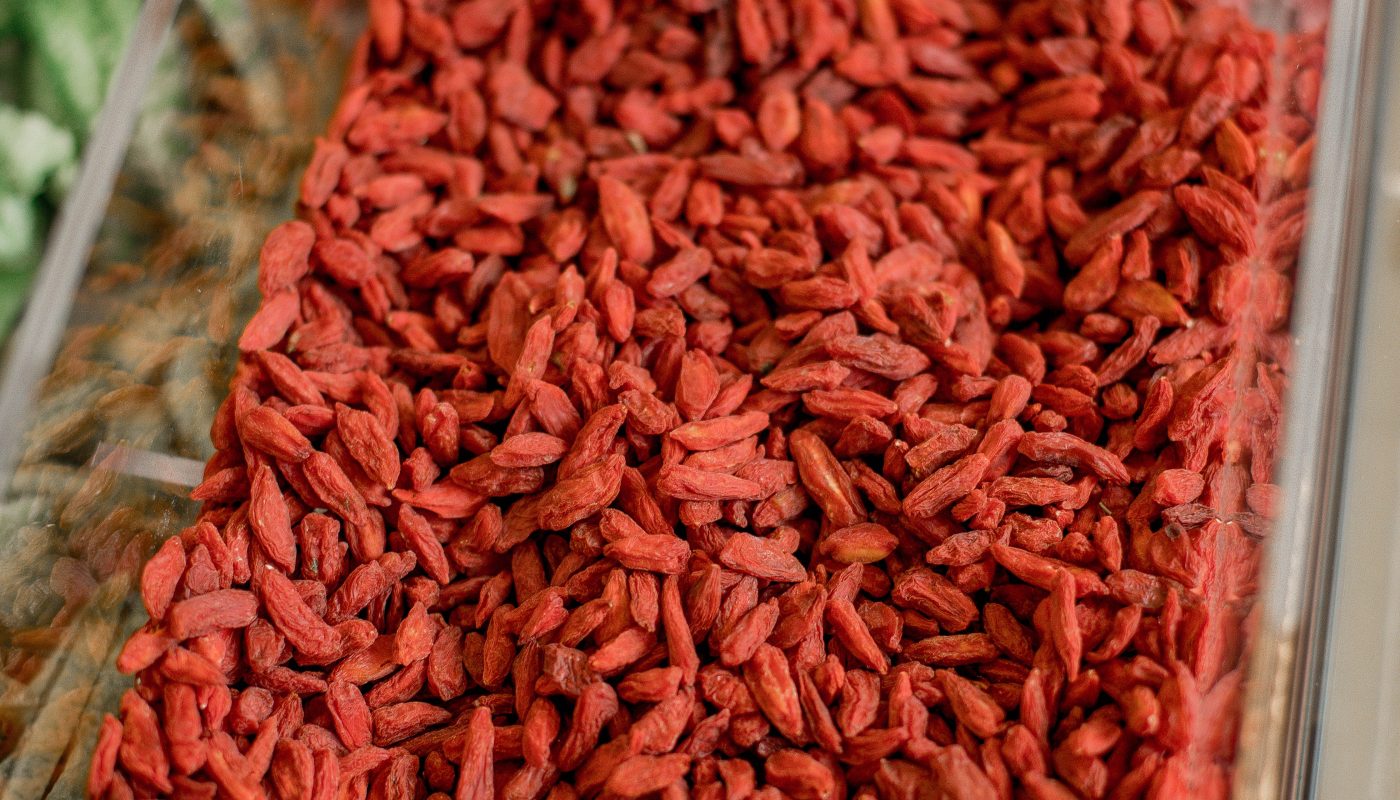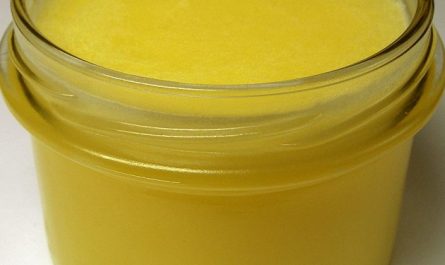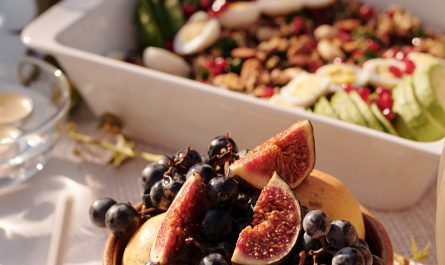These health foods, locally sourced and available at online health food websites and organic stores across India, will be trending in the new year. Will you be eating healthy in 2015.
Goji berries
Description Although Goji berries (otherwise referred to as wolfberry) are grown along the India-China-Tibet border, only the dried version is available locally. Resembling a raisin, but red in colour, the flavour is sweet and tart, like sun-dried tomatoes but they have a slightly metallic aftertaste.
Nutritional value The Chinese have traditionally used goji berries as a tonic for the kidneys, liver and eyes. They are known to be an excellent source of antioxidants, are low in calories, fat-free and packed with fibre.
How it can be eaten You can eat them raw or soak them in hot water and remove the seeds before snacking on them. Add them to smoothies or garnish for cereals, dahi, baked goods or salad. They go particularly well with a salad of quinoa or couscous, tomatoes, carrots, raisins and mustard dressing.
Note Though goji berries are safe for consumption, they do have blood-thinning properties so if you are on blood thinning medication, please consult a doctor before consuming large quantities of the fruit.
Millets
Description A grain, there are several types of millets being grown in India, including Kodo (Kodon), Foxtail (Kakum), Little Millet (Kutki), Proso (Chena), Barnyard (Sanwa), Sorghum (Jowar), Pearl (Bajra) and Finger (Ragi).
Nutritional value Millets contain a high amount of fibre, which is why they are referred to as “coarse grains”. With increased consumption of refined products being the cause of several digestive problems, the extra fibre in millets not only ensures a healthy bowel movement, but has a positive impact on blood pressure and blood sugar levels. It is also rich in B-vitamins as well as calcium, iron, potassium, magnesium, zinc and beta carotene. It’s ideal for those suffering from gluten-intolerance.
How it can be eaten Millets can be mixed with other grains or used by themselves like rice. You can make whole jowar idlis, add millets to your dosa batter or sprinkle jowar over cereal or salads for a nice crunch. Foxtail millet rava makes a nutritious upma; millet flours can be used for cakes and raised breads.
Chia seeds
Description Similar to sabja seeds; when soaked, they take on a soggy texture.
Nutritional value Low in sodium, high in Omega 3, protein, lipids, fiber and antioxidants, Chia seeds have fewer carbohydrates than most grains. Gluten-free, it is good for your heart, joints and digestion.
How it can be eaten These seeds, which are tasteless, can be eaten whole or milled, but can also be turned into gels by adding water. Because of their sponge-like abilities, they can be added to everything from soups to hot cereals. They are an ideal substitute for eggs and for those with gluten allergies.
If you want to make 2015 the year of fitness sign up at Healthifyme.com and let our experts guide you to a better and fitter future.




